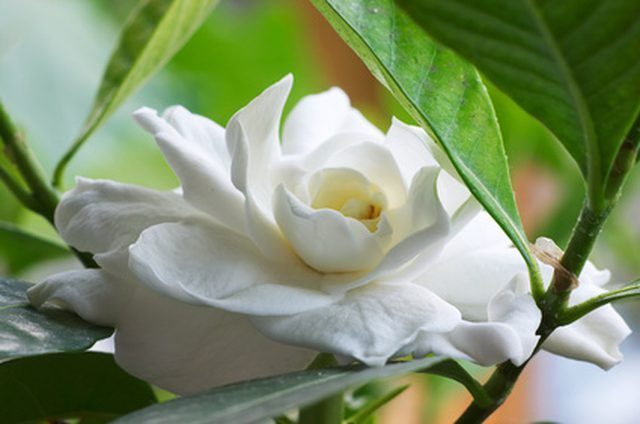Bulbs
Flower Basics
Flower Beds & Specialty Gardens
Flower Garden
Garden Furniture
Garden Gnomes
Garden Seeds
Garden Sheds
Garden Statues
Garden Tools & Supplies
Gardening Basics
Green & Organic
Groundcovers & Vines
Growing Annuals
Growing Basil
Growing Beans
Growing Berries
Growing Blueberries
Growing Cactus
Growing Corn
Growing Cotton
Growing Edibles
Growing Flowers
Growing Garlic
Growing Grapes
Growing Grass
Growing Herbs
Growing Jasmine
Growing Mint
Growing Mushrooms
Orchids
Growing Peanuts
Growing Perennials
Growing Plants
Growing Rosemary
Growing Roses
Growing Strawberries
Growing Sunflowers
Growing Thyme
Growing Tomatoes
Growing Tulips
Growing Vegetables
Herb Basics
Herb Garden
Indoor Growing
Landscaping Basics
Landscaping Patios
Landscaping Plants
Landscaping Shrubs
Landscaping Trees
Landscaping Walks & Pathways
Lawn Basics
Lawn Maintenance
Lawn Mowers
Lawn Ornaments
Lawn Planting
Lawn Tools
Outdoor Growing
Overall Landscape Planning
Pests, Weeds & Problems
Plant Basics
Rock Garden
Rose Garden
Shrubs
Soil
Specialty Gardens
Trees
Vegetable Garden
Yard Maintenance
How to Care for Outdoor Gardenias
How to Care for Outdoor Gardenias. Gardenias are flowering evergreen shrubs that are valued for their fragrant flowers and attractive, dark-green foliage that remains all year. Often used as hedges or screens when grown outdoors, gardenias provide privacy and beauty when allowed to reach their full height of up to 8 feet. Hardy in zones 8 through...

Gardenias are flowering evergreen shrubs that are valued for their fragrant flowers and attractive, dark-green foliage that remains all year. Often used as hedges or screens when grown outdoors, gardenias provide privacy and beauty when allowed to reach their full height of up to 8 feet. Hardy in zones 8 through 10, the shrubs thrive outdoors in most southern areas of the United States. In cooler zones, plant gardenias in containers and overwinter them indoors.
Things You'll Need
Ground bark
Iron chelate fertilizer
Pruning shears
Plant gardenias in a location that receives partial sunlight with dappled shade throughout the day. Choose a site that consists of rich, moisture-retentive soil for optimal growth. Space gardenias 36 to 60 inches apart to allow plenty of room for growth.
Apply a 3-inch layer of ground bark to the soil surrounding gardenias to increase moisture retention and slowly release nutrients into the soil throughout the year. Allow about 3 inches between the mulch and the crown of the shrubs to reduce the risk of disease.
Water gardenias deeply once every two to three weeks. Apply water directly to the soil to reduce the risk of foliar diseases and mildew. Do not allow standing water to accumulate around the plant's roots, or rotting may occur.
Fertilize gardenias twice each year, once during mid-March and again in late June. Use an iron chelate fertilizer to keep the leaves glossy and prevent them from yellowing. Apply according to the directions provided on the package.
Prune once each year during late winter to improve the aesthetic appeal and health of the plant. Use pruning shears to trim off any excessively long, leggy, diseased or damaged branches. Remove tall, old stems from the inner portion of the plant to increase air circulation.